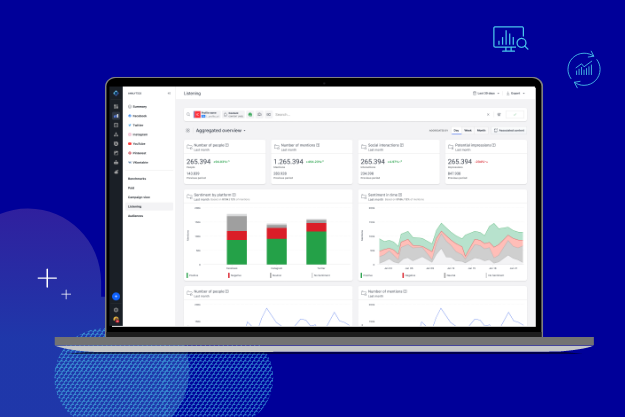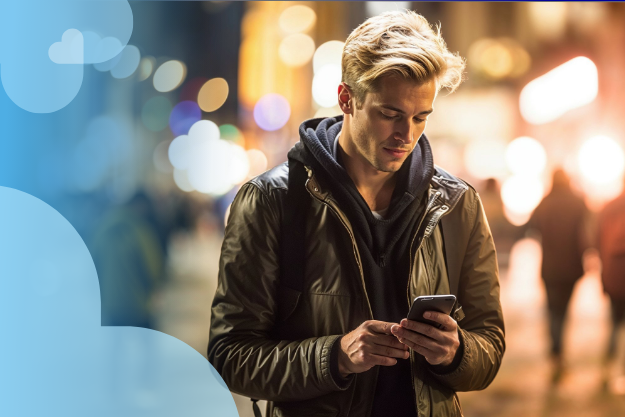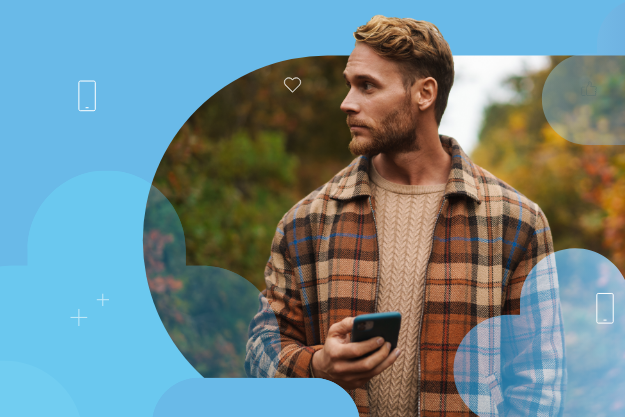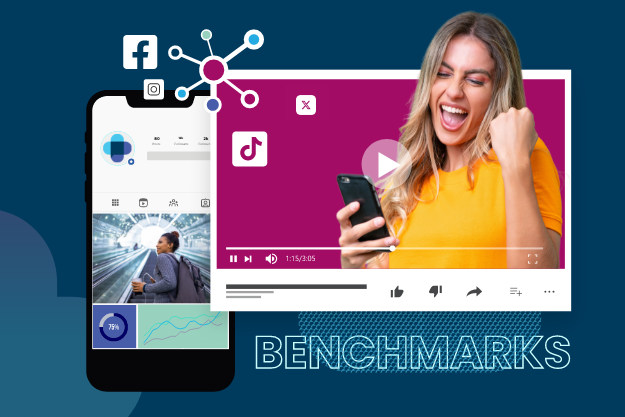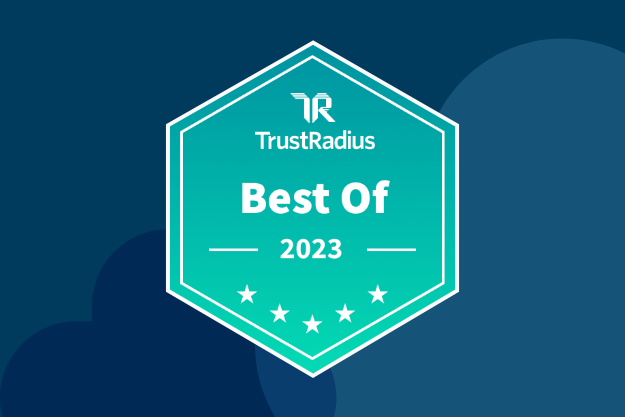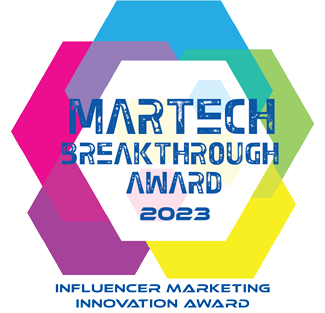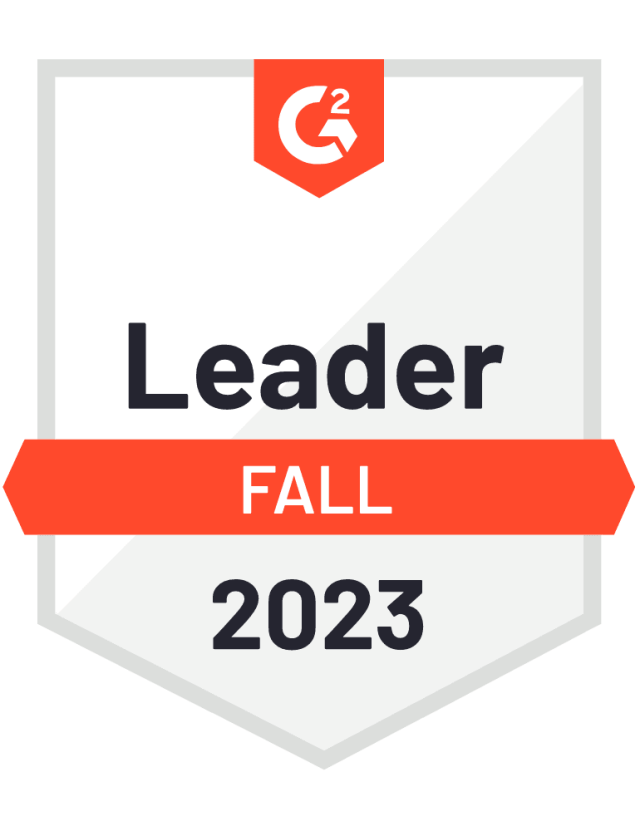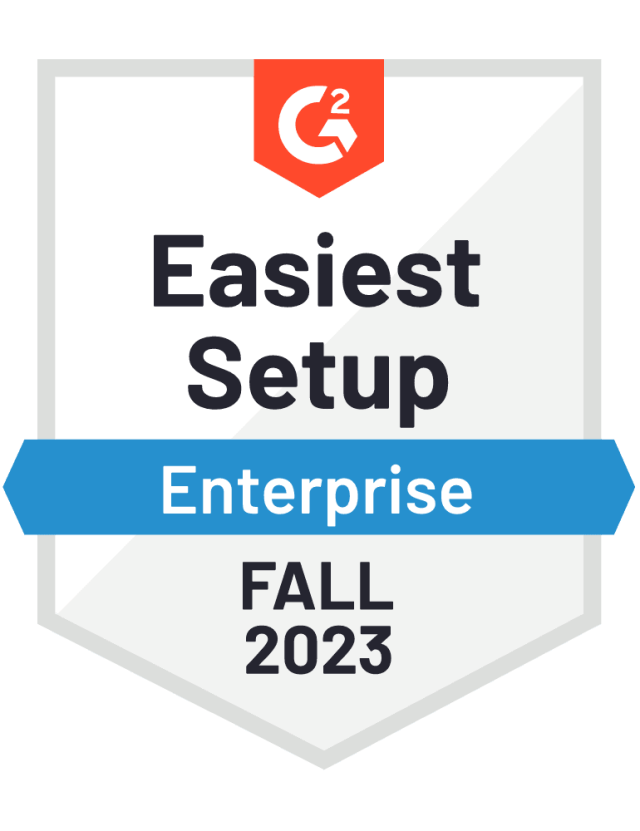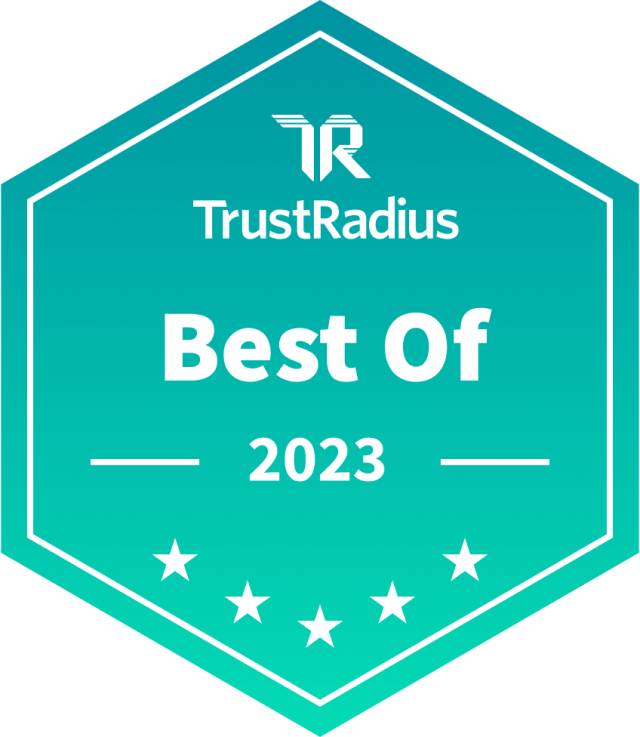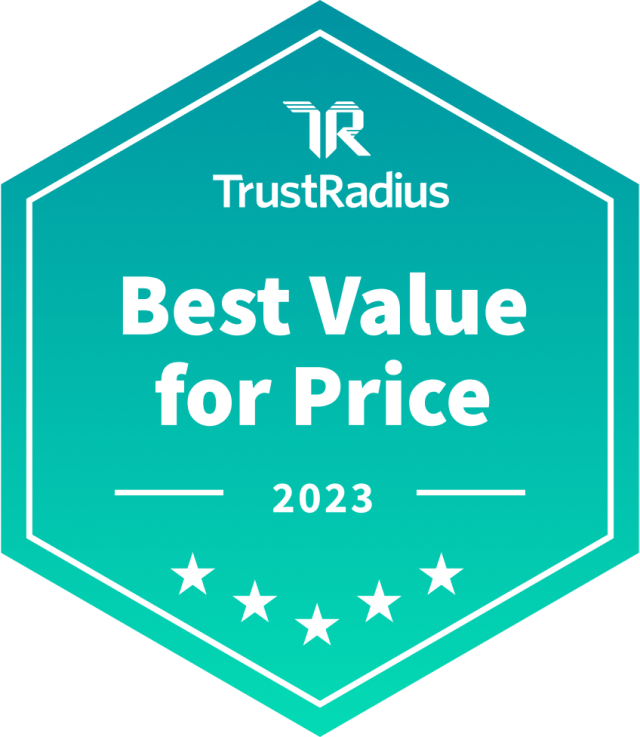Can you even imagine a social media landscape without hashtags? It’s not easy. People of a certain age still remember them as other things. But for Gen Z and many Millennials, they’re hashtags, always and forever.
How did they become so ubiquitous? And what’s the big deal with them anyway? This ultimate guide on how to use hashtags will delve into the history of hashtags on social media, and also set the stage by explaining what they are, what they accomplish, and then get into the many ways your brand can use them across most social platforms to increase engagement, awareness, and the organization of information.
What is a hashtag?
Boiled down to its very basics, a hashtag is a metadata label, represented by the symbol "#" (pound or hash), commonly used across various social media platforms to categorize and link related content. It can be a searchable keyword or tag, enabling users to easily discover and engage with posts, discussions, or content centered around specific topics, events, themes, or conversations.
Hashtags use the "#" symbol followed by a word or phrase devoid of spaces, punctuation, or special characters. They group and organize social content, making it more accessible to a wider audience interested in whatever that subject might be.
These digital labels have evolved beyond their initial adoption on platforms like Twitter and Instagram and are now used across virtually all social platforms due to their familiarity and overall usefulness. When users click or search for a hashtag, they’re presented with a feed of posts containing that same hashtag, fostering engagement, trend monitoring, and social connectivity.
When it comes to social media marketing, hashtags are pivotal in boosting brand visibility, increasing engagement, tracking campaign performance, and leveraging trending topics. Effective hashtag use involves selecting relevant, popular, and branded tags strategically, adhering to platform-specific guidelines, and adapting to the ever-changing landscape of online conversations.
Where did hashtags come from, to begin with?
The “hashtag” first became a thing in the summer of 2007, in the relatively early days of Twitter (now X). The credit for their invention goes to Chris Messina, a web marketing specialist who suggested the concept to Twitter's team. At the time, Twitter was growing, but finding and following specific conversations or topics within the platform was difficult because the tweets were very short, and there were just so many of them streaming past you all the time on your feed — yes, even back then.
Messina's idea was simple: to use the pound symbol "#" to create a tagging system that could group related tweets, making it easier for users to discover and participate in discussions on specific subjects. The first-ever hashtag was #barcamp, used to promote the BarCamp tech event in San Francisco.
Initially, Twitter users adopted hashtags organically, but their effectiveness soon became evident. The practice of using hashtags quickly spread among users, allowing them to participate in trending topics, engage with niche communities, and categorize content effectively.
The evolution of hashtags from Twitter to other social media platforms was a natural progression. Instagram in particular played a significant role in popularizing hashtags beyond Twitter. Instagram's visually focused platform encouraged users to add relevant hashtags to their photos, making it a powerful discovery tool. Other platforms like Facebook, LinkedIn, Pinterest, and TikTok followed suit, integrating hashtags into their interfaces to improve content discoverability.
The ubiquity of hashtags can be attributed to their versatility and effectiveness in online communication. They’ve evolved from a simple organizational tool to a crucial element of social media marketing strategies, and should continue to foster connectivity in the future.
7 reasons why hashtags are useful for brand accounts
As the hashtag has become more widely used across the different social media platforms, its uses have gradually expanded, particularly for brand accounts. Here are some of the most common ways brands are able to use hashtags to their advantage on social media.

1. Categorization and organization
By using relevant hashtags, brands can neatly group their content according to specific topics, campaigns, or themes, making their posts more findable for users — potentially the brand’s target audiences — who are interested in that sort of content.
This enables followers and potential customers to easily navigate and explore the brand's diverse offerings and initiatives. For instance, a clothing retailer can employ hashtags like #SummerFashion or #HolidayCollection to categorize seasonal collections, simplifying the browsing experience for customers, as they can search for timely fashion across all brands rather than hopping from one to the next.
Brands can also leverage branded hashtags, such as their company name or a unique campaign tag, to create a cohesive brand identity and make it effortless for users to access content related to the brand's promotions, contests, or user-generated content (UGC). The result is a well-organized social media presence that enhances engagement, encourages participation, and strengthens brand recognition.
2. Visibility
Hashtags are one of the best tools brands can use to bolster their visibility on social media. Incorporating trending and relevant hashtags into brand posts can help them tap into existing conversations and trends, increasing the likelihood of reaching a broader audience beyond their current followers.
Popular and widely used hashtags amplify the discoverability of brand content, making it accessible to users interested in those topics or trends.
Additionally, the aforementioned branded hashtags and related UGC play a role here, too, fostering a sense of belonging among followers and inspiring them to participate in discussions or challenges related to the brand. UGC with branded hashtags not only bolsters brand authenticity and loyalty but also expands the brand's reach as the posts are shared among wider networks.
As a powerful visibility-enhancement tool, hashtags help brands extend their reach, engage with their audience, and ultimately grow their presence on social media platforms
3. Communication
Hashtags enable brands to engage in real-time conversations and trends, fostering a sense of relevancy and timeliness in their interactions. By monitoring and participating in popular and industry-specific hashtags, brands demonstrate active involvement and a commitment to staying connected with their audience.
Hashtags also provide a structured way for brands to categorize and organize their content, making it easier for consumers to access the information they seek. Whether it's product updates, promotions, or educational content, hashtags streamline communication and ensure that consumers can readily find what they're looking for. Ultimately, hashtags act as a versatile tool for brands to engage, connect, and converse effectively with their social media audience.
4. Brand awareness
Strategic use of hashtags can significantly boost brand awareness on social media platforms. By incorporating relevant and trending hashtags into their posts, brands increase the likelihood of their content being discovered by a wider audience interested in those topics. This exposes the brand to potential new customers and reinforces its presence among existing followers.
Social media challenges are also a fun type of marketing campaign that’s popped up regularly in recent years, especially on TikTok. By creating a unique and branded challenge hashtag, brands encourage their audience to create and share content that will show them doing whatever the challenge encourages. This dynamic interaction fosters a sense of community, boosts engagement, strengthens customer relationships, amplifies brand messaging, and generates authentic UGC that showcases brand loyalty, while also broadening the brand's reach and influence.
Consistency in using branded and industry-specific hashtags across various posts reinforces your identity and messaging. It helps establish a recognizable online persona that consumers can easily associate with the brand, ultimately contributing to heightened brand awareness and recognition on social media. In effect, hashtags are catalysts for extending a brand's footprint and fostering a stronger digital presence.
5. Solicit UGC
Hashtags often serve as a catalyst for jump-starting UGC campaigns, which can be a goldmine for brands. By creating and promoting a branded hashtag related to a specific campaign, product, or challenge, brands encourage their audience to actively participate and share their own content. This not only generates a sense of community, but also accumulates a wealth of user-generated content directly associated with the brand.
The beauty of UGC campaigns driven by hashtags is that they provide brands with a diverse array of authentic content that showcases real customer experiences, testimonials, and creativity. This content can then be repurposed across marketing channels, from social media posts and websites to advertising campaigns and product reviews. It adds an element of trust and relatability to brand messaging, as potential customers see authentic endorsements and peer interactions.
6. Enter the conversation
Inserting your brand into ongoing social media conversations with hashtags can help you maintain relevance and authenticity with your audience. Research the hashtag's context to ensure alignment with your brand's message. You should strive to add value by sharing insights and engaging thoughtfully with participants.
However, you should avoid opportunistic hijacking of trending hashtags for unrelated promotions. Instead, focus on genuine contributions. Monitor engagement and adjust your approach based on the conversation's reception. This will help you participate meaningfully, enhancing visibility and reputation within relevant communities.
7. Events
Brands can enhance the attendee experience at their events by incorporating custom event hashtags. These hashtags serve as a unifying thread for attendees to share their experiences, connect with fellow participants, and access event-related content easily. Attendees can use the hashtag to post photos, insights, and updates, fostering a sense of community and engagement. Brands can curate and showcase UGC on screens or platforms, giving attendees a real-time feed of their contributions. These can help amplify your brand visibility during the event and extend its reach to a broader online audience, making the event more interactive and memorable for attendees.
Best practices for using hashtags by channel
It’s important to note that each social channel has its own styles, conventions, and user expectations. Here’s a rundown of the basics for the main social media channels most brands use:
X/Twitter
Where to use them: Anywhere within a post is generally OK. You can hashtag individual words or phrases (as one word) within the text, or you can put them at the end/beginning to categorize or add emphasis.
How many to use: The team at X recommends using no more than two in a tweet, but you can technically use as many as you like.
One more tip: Before you create a new hashtag, do a search to make sure it’s not already being regularly used.
Where to use them: It’s common to see hashtags at the end of Instagram posts. But if you want the text of your post to stand out, adding your hashtags to the first comment is one way to help with that.
How many to use: While you can use up to 30 in a single post (and up to 10 in Stories, though people who follow the hashtag won’t see them), limiting yourself to 3-5 is likely best practice.
One more tip: Use Instagram Insights to better understand how your hashtags are performing. There, you can see how many impressions each hashtag brings to your posts.
Where to use them: It’s pretty flexible. Using them pretty much anywhere in your post or in the comments below can work fine.
How many to use: Sticking to 2-3 per post is probably the best way to go, but every brand is different. Be sure to test and see what works best for you.
One more tip: Unlike with most social media platforms, a very high percentage of Facebook users keep their profiles private to their friends, which can make it challenging to get a full accounting of how your hashtags are truly performing.
TikTok
Where to use them: Anywhere within your video descriptions works fine.
How many to use: While using multiple hashtags is essential for discoverability on TikTok, most experts recommend not going past five hashtags on an individual post.
One more tip: If you do eCommerce, #TikTokMadeMeBuyIt is one of the most popular — and commercially successful — hashtags, helping a number of products go viral.
YouTube
Where to use them: You can use hashtags in both the title and description of your YouTube videos.
How many to use: Keeping it to 3-5 hashtags is going to be your best bet, but you have a high ceiling. If you go past 60, YouTube will ignore all the hashtags you used on that piece of content.
One more tip: If you decide not to use hashtags in your title — and many brands don’t — the first three hashtags you put in the description will show up above your video’s title, so choose them wisely.
Where to use them: Use them anywhere within your LinkedIn post to increase visibility for that topic, but they’re most commonly used at the end.
How many to use: It’s always worth keeping in mind that LinkedIn is considered a more professional platform, so you don’t want to include a long string of hashtags, and the ones you use should be buttoned up. Sticking to five or fewer will serve you well.
One more tip: Unlike in many other platforms, hashtags do not work if they’re placed in a comment on LinkedIn. So, be sure to stay with the post itself.
The takeaway
Hashtags are a powerful tool for brands to use to help them increase the visibility and engagement with their social media content. However, it’s important for your team to understand how, why, and when to use them effectively on each channel.
If you need to better understand how your brand can best connect with your audience using hashtags, the right social listening tool will give you the visibility you need. If you’d like to learn more about how Emplifi can help here, book a demo with us today.
Editor's Note: This is an update to an article that was originally published on September 25, 2017.








